Roman holidays: wrestling with the eternal city
Classicist Ferdinand Addis explains how to escape the tourist traps and get a different perspective on the Italian capital
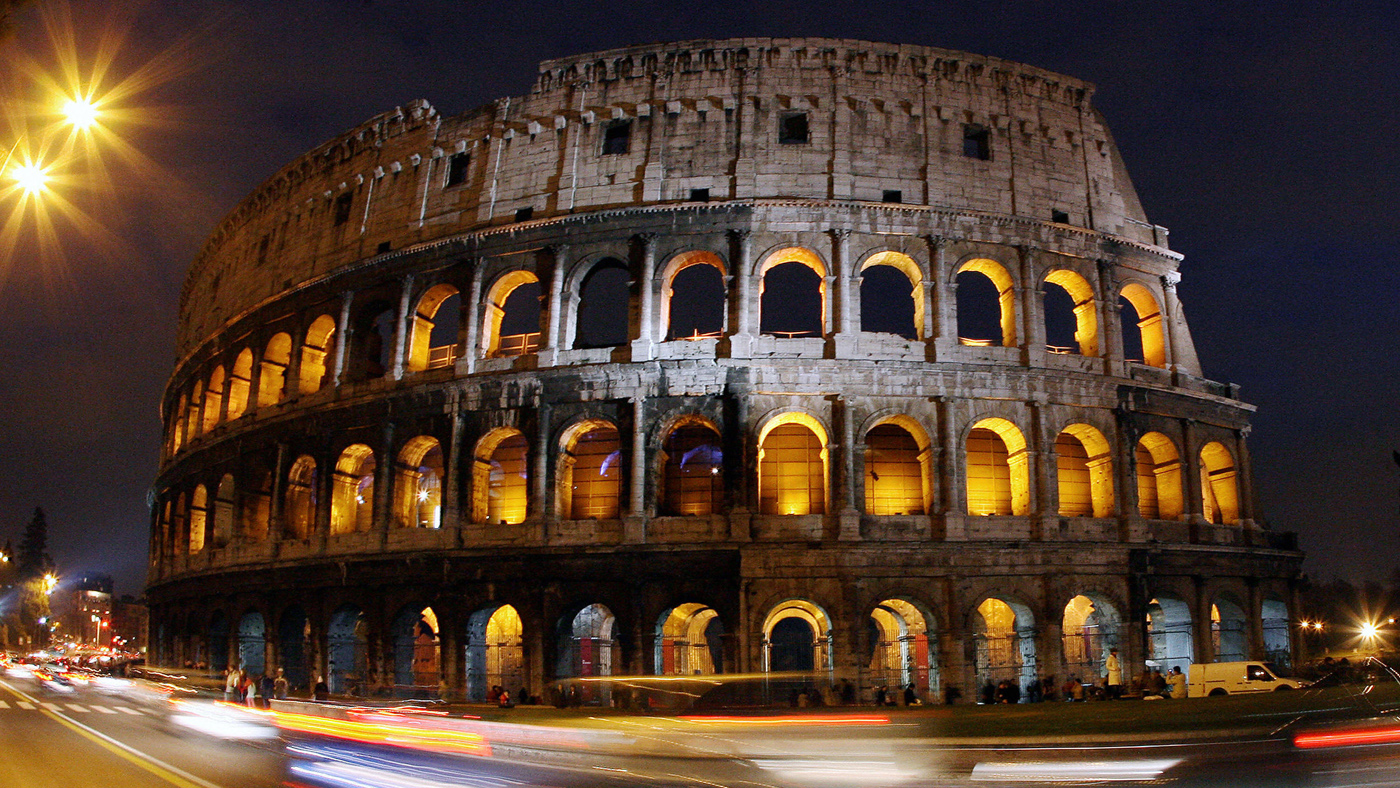
Every writer on Rome remembers the moment the city first truly inspired them. Edward Gibbon claimed to have come up with the idea for his Decline and Fall while listening to barefooted friars singing vespers one autumn evening on the Capitoline Hill. Percy Shelley composed his verse epic, Prometheus Unbound, looking out over the city’s rooftops from the ruins of the Baths of Caracalla. Robert Hughes, more recently, remembered being undone by the beauty of the Piazza San Pietro, stumbling unexpectedly upon Bernini’s famous curving colonnade.
My moment had a different flavour. A disused factory building on the outskirts of Rome had been taken over by students as a party venue. A friend took me along. I could feel the bass from the speaker rig pulsing through the thick evening air. The occasional glow of cigarette lighters illuminated walls of decaying red brick, marked with old graffiti. A thin man in a tracksuit sold beers out of a shopping trolley, and his friend sidled over, without saying anything, took one of my hands and started to dance, round and round in a sort of capering waltz.
It was so incongruous – the thumping electronic music and the old fashioned dance, and the gentle insistence of the stranger leading me round in circles – and I was so taken aback that I only just felt his other hand going for the wallet in my trouser pocket. He wasn’t at all embarrassed that I’d caught him. I had both his hands held tight now, but he didn’t give up trying to rob me: just kept on, half wrestling and half dancing, until I finally managed to escape his clutches and vanish into the dark.
The Week
Escape your echo chamber. Get the facts behind the news, plus analysis from multiple perspectives.

Sign up for The Week's Free Newsletters
From our morning news briefing to a weekly Good News Newsletter, get the best of The Week delivered directly to your inbox.
From our morning news briefing to a weekly Good News Newsletter, get the best of The Week delivered directly to your inbox.
Rome always grabs you in the end. In my case it was just unusually literal. And although I would have hated to be robbed, I somehow didn’t mind the attempt. I’d been in the city as a tourist, which always makes you feel somehow removed from the action, isolated behind your guidebook and your camera lens. That evening felt like the beginning of a new sort of relationship with the Eternal City: more direct; more adversarial; more intimate.
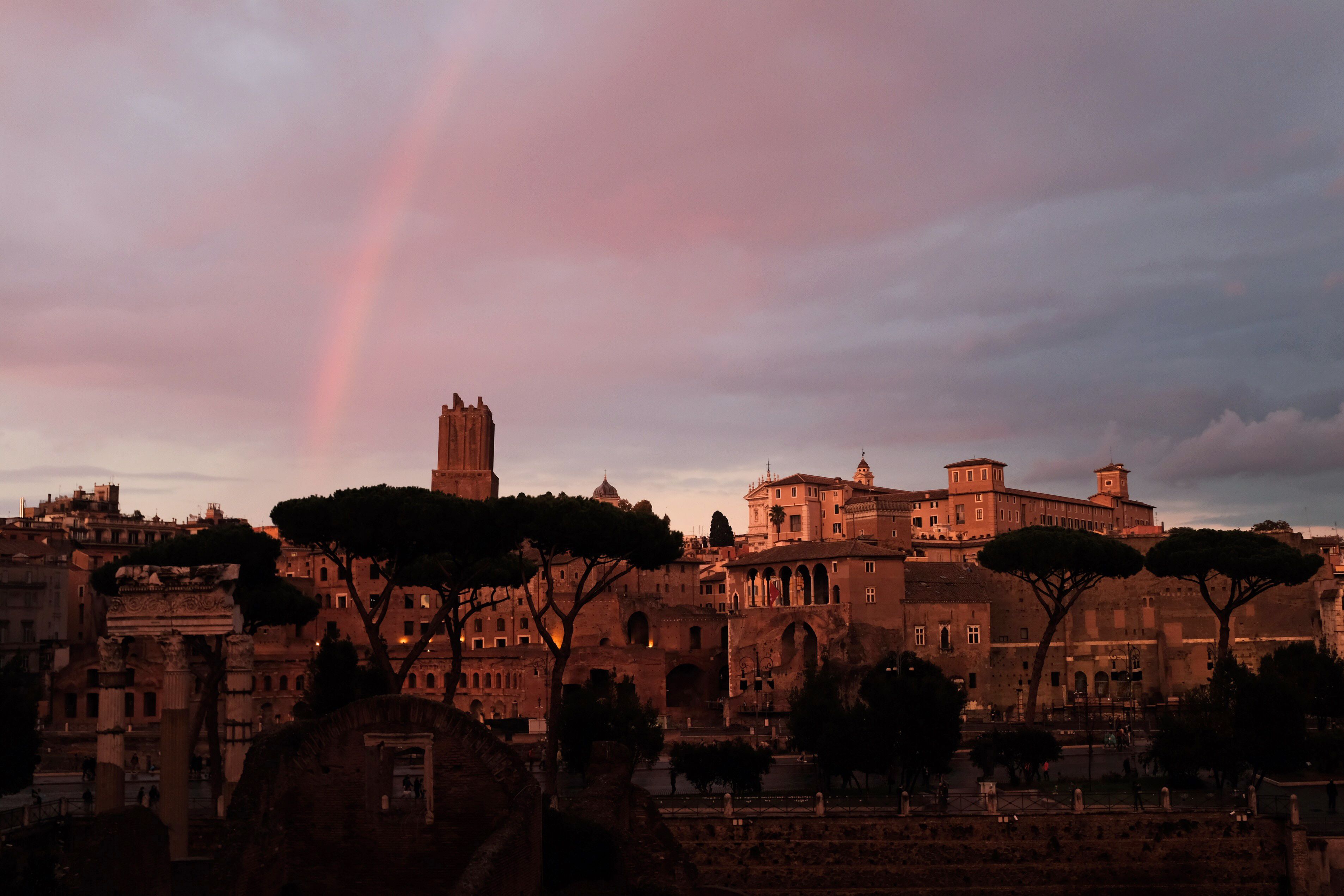
That was a long time ago. Since then, I’ve spent days and weeks taking in the great sights of Rome. It can be a taxing city for those who approach it with a traveller’s to-do list. Do you head for the iconic ancient buildings? The leaping arches of the Colosseum; the Forum; the imperial Palatine. Do you travel as Gibbon did, intoxicated with the ancient city, seeking out “with a lofty step” the spot where Romulus stood, or Cicero spoke, or Caesar fell?
Do you tick off the great works of renaissance art? Michelangelo and Raphael, Pinturicchio, Botticelli, Caravaggio? Do you hunt out the sculptures of Bernini and Canova or try to take in the surviving ancient masterpieces: the Boxer of the Quirinal; the Apollo Belvedere; the Laocoön? In the Vatican Museums there’s a gallery with works by Picasso, Van Gogh and Rodin, which you have to pass through on the way to see the Sistine Chapel. Hardly anyone ever stops in it. Works that would be the crowning glory of another European city, in Rome hardly get a second glance.
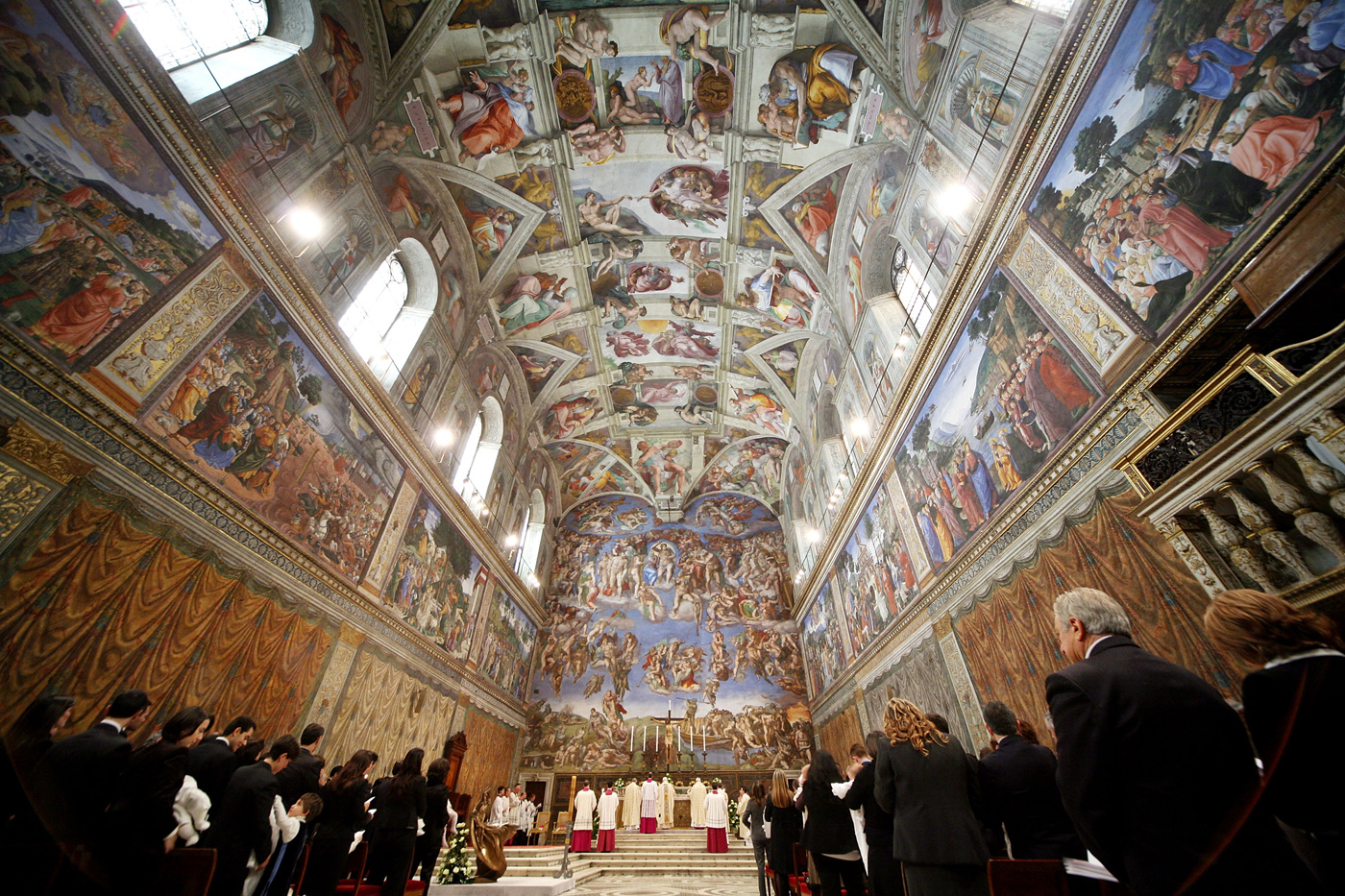
Sometimes I think you can sense a slight air of desperation gripping the tourist crowds as they gather at the end of the day in the Piazza Navona or on the Spanish Steps. There’s just so much to see. And people’s lives are so busy now. What Gibbon or Shelley spent weeks doing, modern tourists hope to accomplish over a long weekend.
A free daily email with the biggest news stories of the day – and the best features from TheWeek.com
Perhaps there’s another way to approach the Eternal City. In all my trips there, the most memorable moments have been the unexpected ones, scenes that I’ve stumbled upon almost by chance. I can’t forget the sight of a shepherd with his flock passing by the ruined tombs of the Parco della Caffarella; of starlings looping over the broken arches of the Ponte Rotto; wildflowers growing from the antique brickwork of the old Aurelian walls. I remember children playing football on a winter evening in the suburb of Garbatella; the bars around the foot of Monte Testaccio, a hill built up over centuries by Romans throwing away old oil jars. The art collection of the Villa Borghese is one of the finest in the world, but the best time I ever spent in Rome came after we failed to get a ticket to the exhibition. Instead we spent the afternoon racing round the villa gardens in pedal cars.
Rome’s monuments are iconic. The Pantheon and the Colosseum are impressive in their sheer size, the height of those leaping arches or that famous concrete dome. But the things that really stop me in my tracks these days are smaller scale: grooves worn by cart wheels in the ancient paving of the Via Appia Antica; ancient curses scratched in lead, excavated from the Roman river mud. For thousands of years, people have been working, living and dying in Rome, falling in love, getting ill, raising families, celebrating, and there’s something extraordinary about recognising familiar human needs and emotions over such a span of years. The idea of praying to the rooster-headed demon Abraxas to punish an annoying neighbour, say, may be alien to us, but the feelings that inspired curses like these are as real today as they ever were. The Art of Love, written by the Roman poet Ovid two thousand years ago, could just as well have been created for modern Romans, flirting awkwardly on first dates in the hill town of Frascati as the lights of Rome appear, glimmering from the twilight plain spread out below. The man I saw netting catfish in the shallows of the Tiber one summer afternoon wouldn’t have looked out of place in the time of Romulus.
Rome can be hard work. Travellers’ forums online are full of stories from people who’ve been to Rome and felt exhausted by the queues and the crowds and the overpriced pizza. This is not a new phenomenon. The poet Arthur Hugh Clough arrived in the city as part of a generation of Victorian tourists who had been taught to regard a visit to Rome as an indispensable part of a proper education. Well armed with sun-hats and Murray Guides, most Victorians were enthusiastic sightseers – but not Clough. “Rome disappoints me much,” he complained in verse. “Rubbishy seems the word that most exactly would suit it... Would to god the old Goths had made a cleaner sweep of it!"
Travellers who have braved the crush around the Trevi fountain or queued outside Saint Peter’s on a hot August afternoon will be able to sympathise. Trying to “do” Rome in that way, trying to see all the sights and visit all the museums, trying to finish every guided tour, is setting yourself up for failure.
Wrestling with a dancing pickpocket, that night all those years ago, I felt I would never be able to master the Eternal City, not with any number of lists and guidebooks. And perhaps, I thought, that was okay. After that evening, I didn’t try any more to “do” Rome. Instead I hoped simply to let Rome happen to me. Give Rome space, give it the chance to surprise you, and it will prove its place as the richest, most complicated, most beautiful city in the world.
Ferdinand Addis is an author and classicist whose forthcoming book, Rome Eternal City is published in hardback RRP £30 by Head of Zeus, 6 September 2018.

-
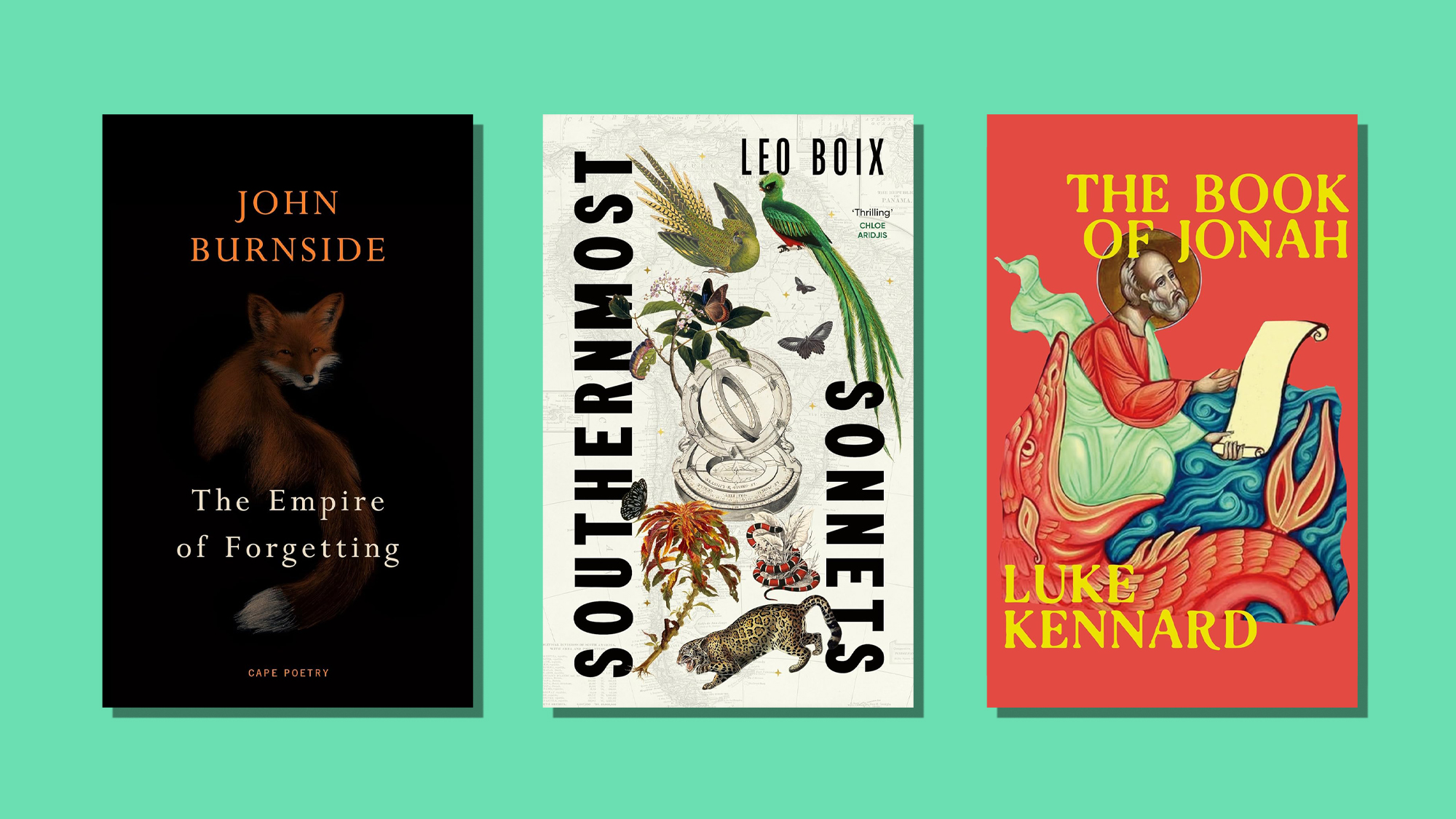 Best poetry books of 2025
Best poetry books of 2025The Week Recommends Magnificent collections from Luke Kennard, Leo Boix and Isabelle Baafi
-
 11 extra-special holiday gifts for everyone on your list
11 extra-special holiday gifts for everyone on your listThe Week Recommends Jingle their bells with the right present
-
 ‘Furious Minds: The Making of the MAGA New Right’ by Laura K. Field and ‘The Dream Factory: London’s First Playhouse and the Making of William Shakespeare’ by Daniel Swift
‘Furious Minds: The Making of the MAGA New Right’ by Laura K. Field and ‘The Dream Factory: London’s First Playhouse and the Making of William Shakespeare’ by Daniel SwiftFeature An insider’s POV on the GOP and the untold story of Shakespeare’s first theater
-
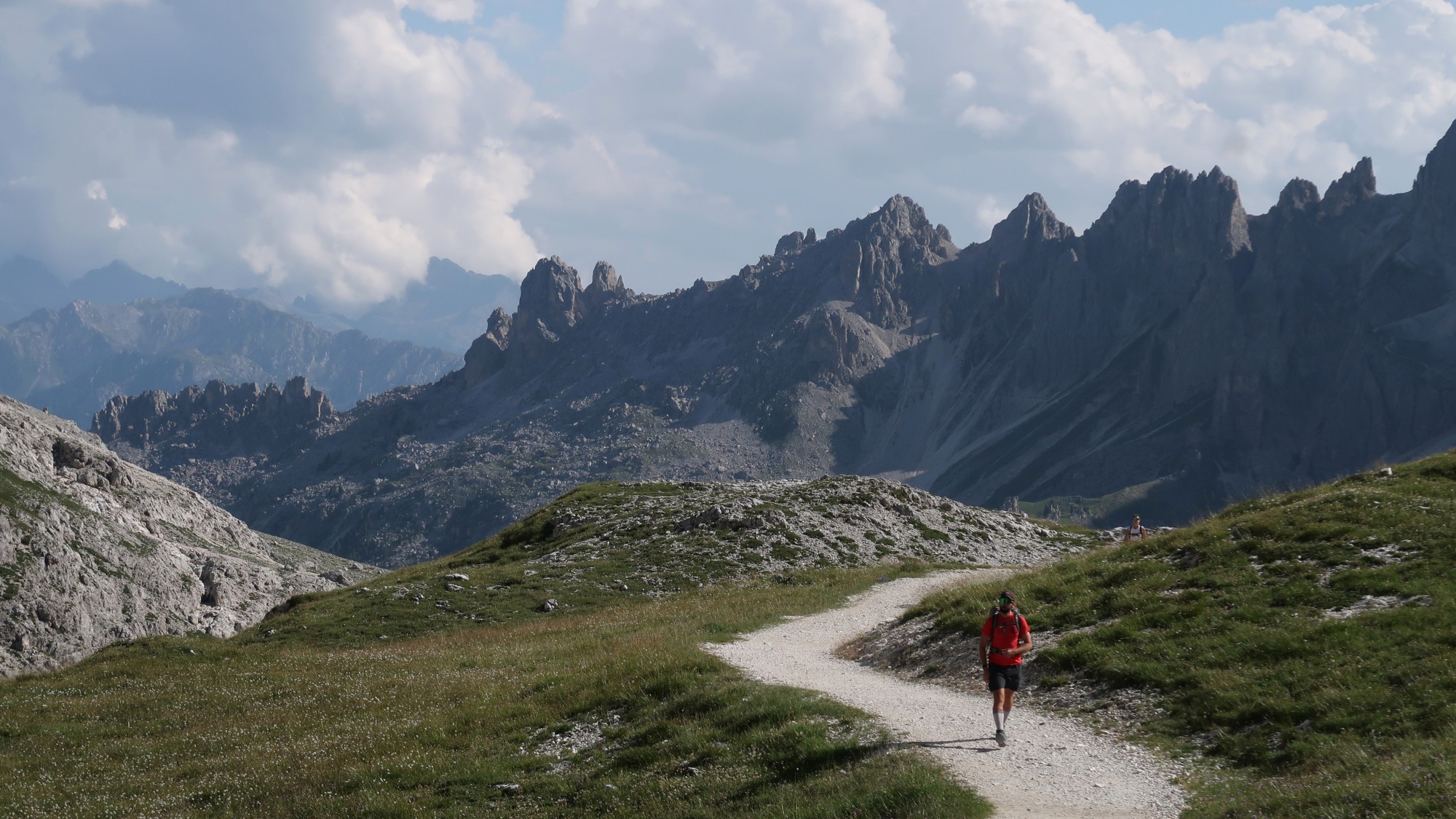 The best adventure holidays for adrenaline junkies
The best adventure holidays for adrenaline junkiesThe Week Recommends Five destinations perfect for outdoor thrill-seekers
-
 8 hotels with ace tennis courts
8 hotels with ace tennis courtsThe Week Recommends Bring your A game
-
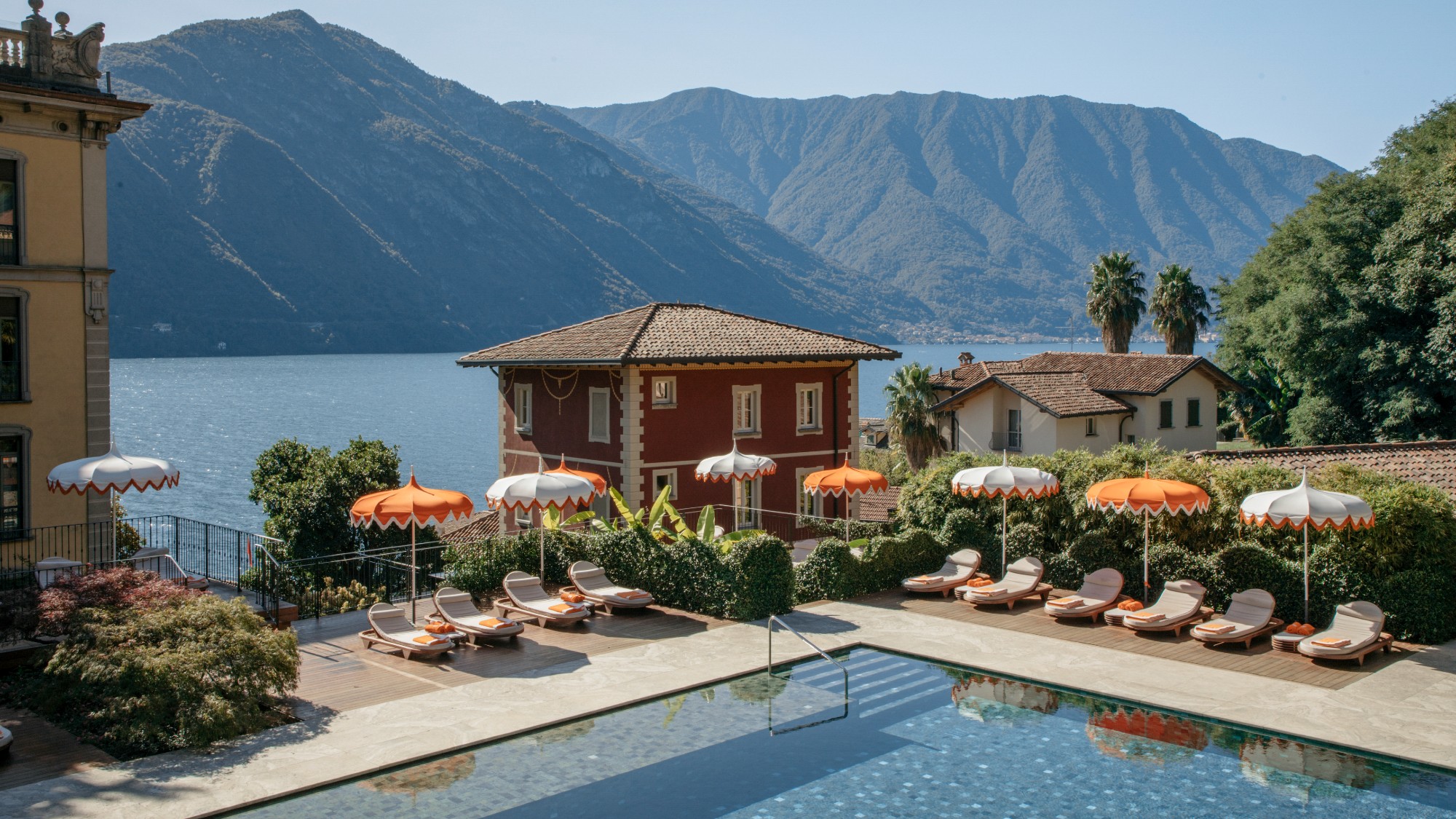 Experience the cool of these 11 stunning pools and lazy rivers this summer
Experience the cool of these 11 stunning pools and lazy rivers this summerThe Week Recommends You'll want to dive right in
-
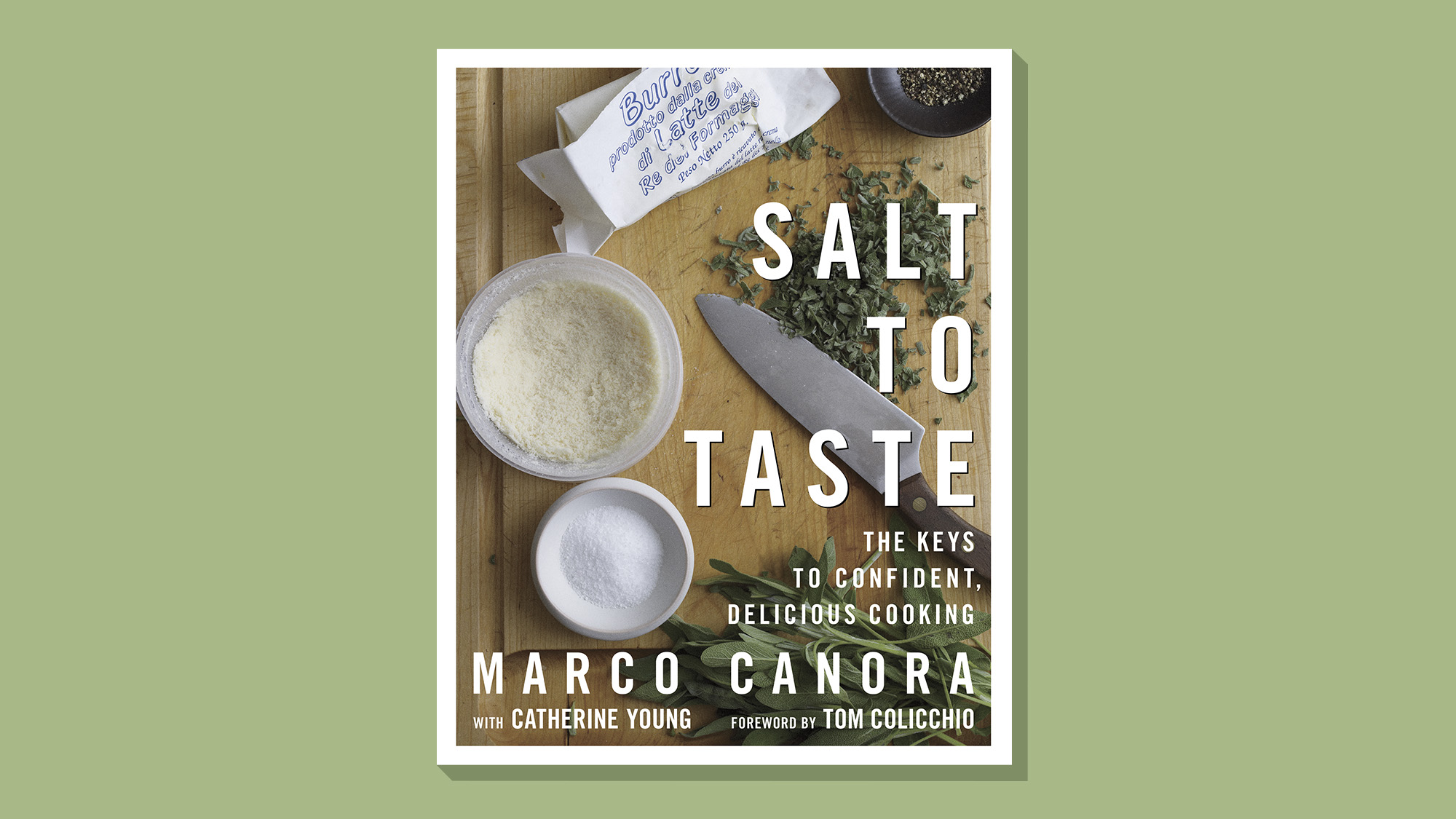 One great cookbook: 'Salt to Taste'
One great cookbook: 'Salt to Taste'The Week Recommends Your roadmap to satisfying Italian home cooking
-
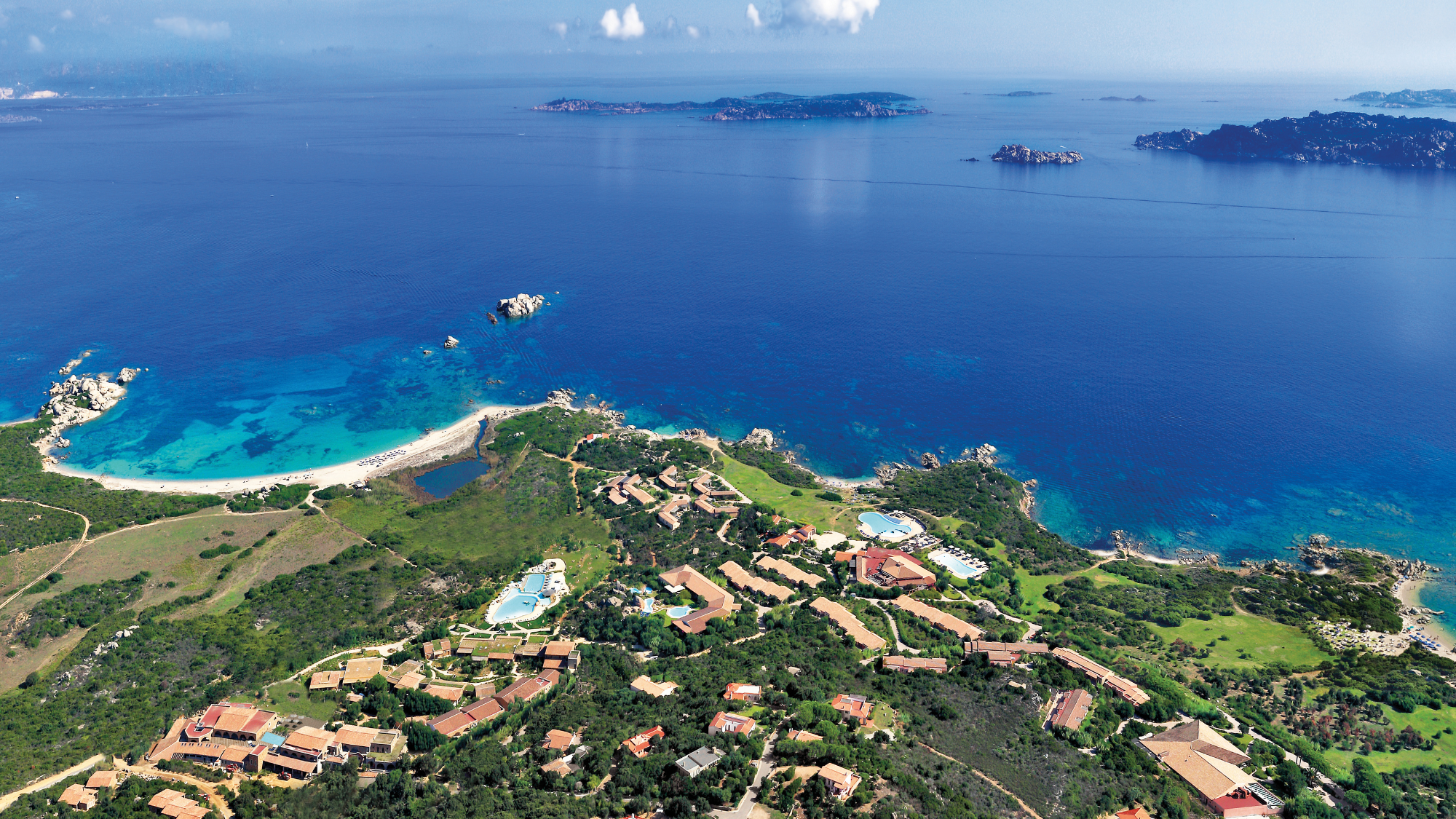 Valle dell'Erica Thalasso & Spa: a tranquil haven in Sardinia
Valle dell'Erica Thalasso & Spa: a tranquil haven in SardiniaThe Week Recommends This family-friendly resort is steps from the sea and boasts a well-equipped kids' club
-
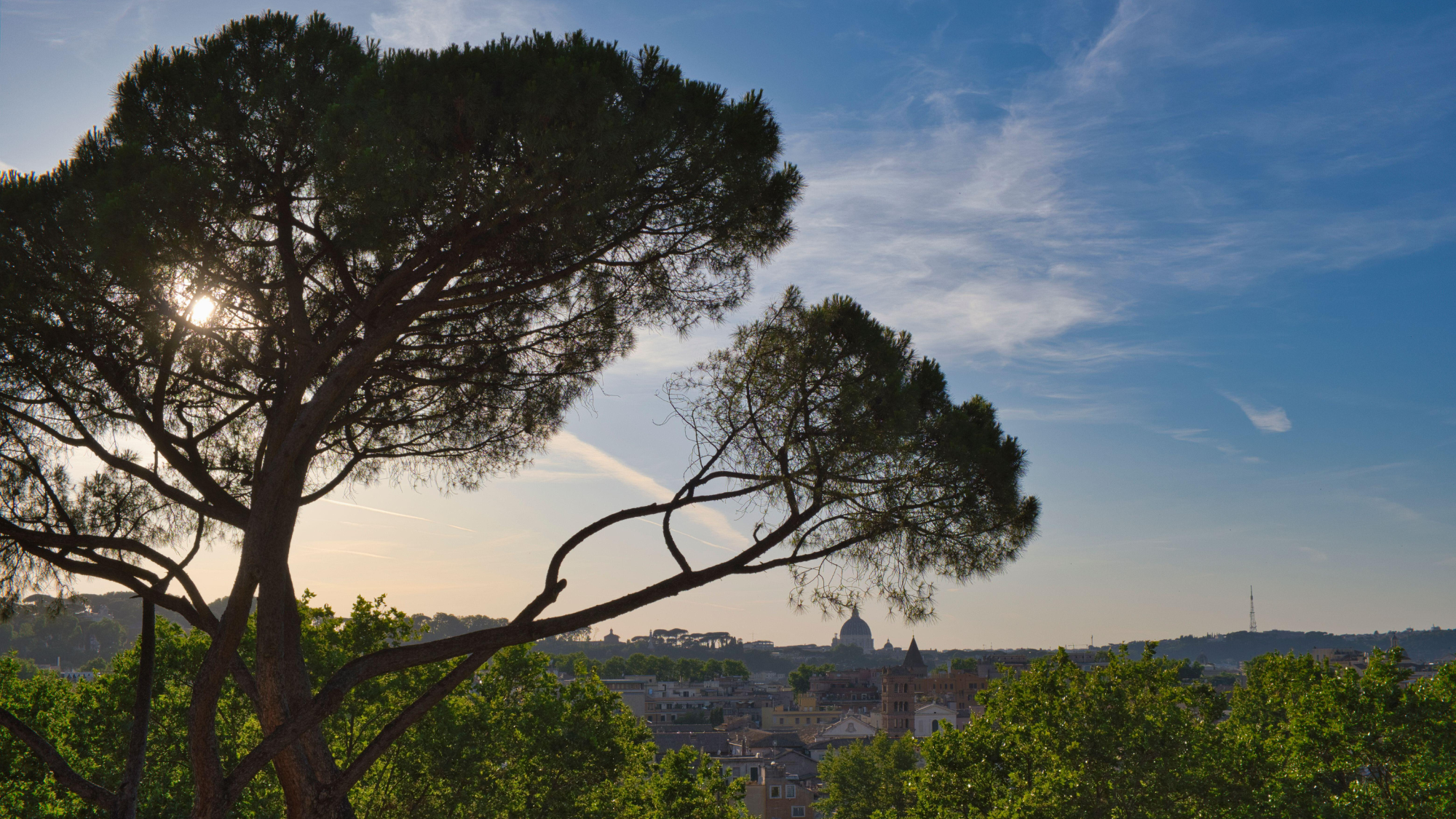 Ssh! Secret gardens to visit this summer
Ssh! Secret gardens to visit this summerThe Week Recommends These leafy havens are the perfect place to escape the crowds
-
 I Am Giorgia: 'self-serving' yet 'amazing story' of Italy's first female prime minister
I Am Giorgia: 'self-serving' yet 'amazing story' of Italy's first female prime ministerThe Week Recommends Giorgia Meloni, once a 'short, fat, sullen, bullied girl', explains how she became one of the most powerful people in politics
-
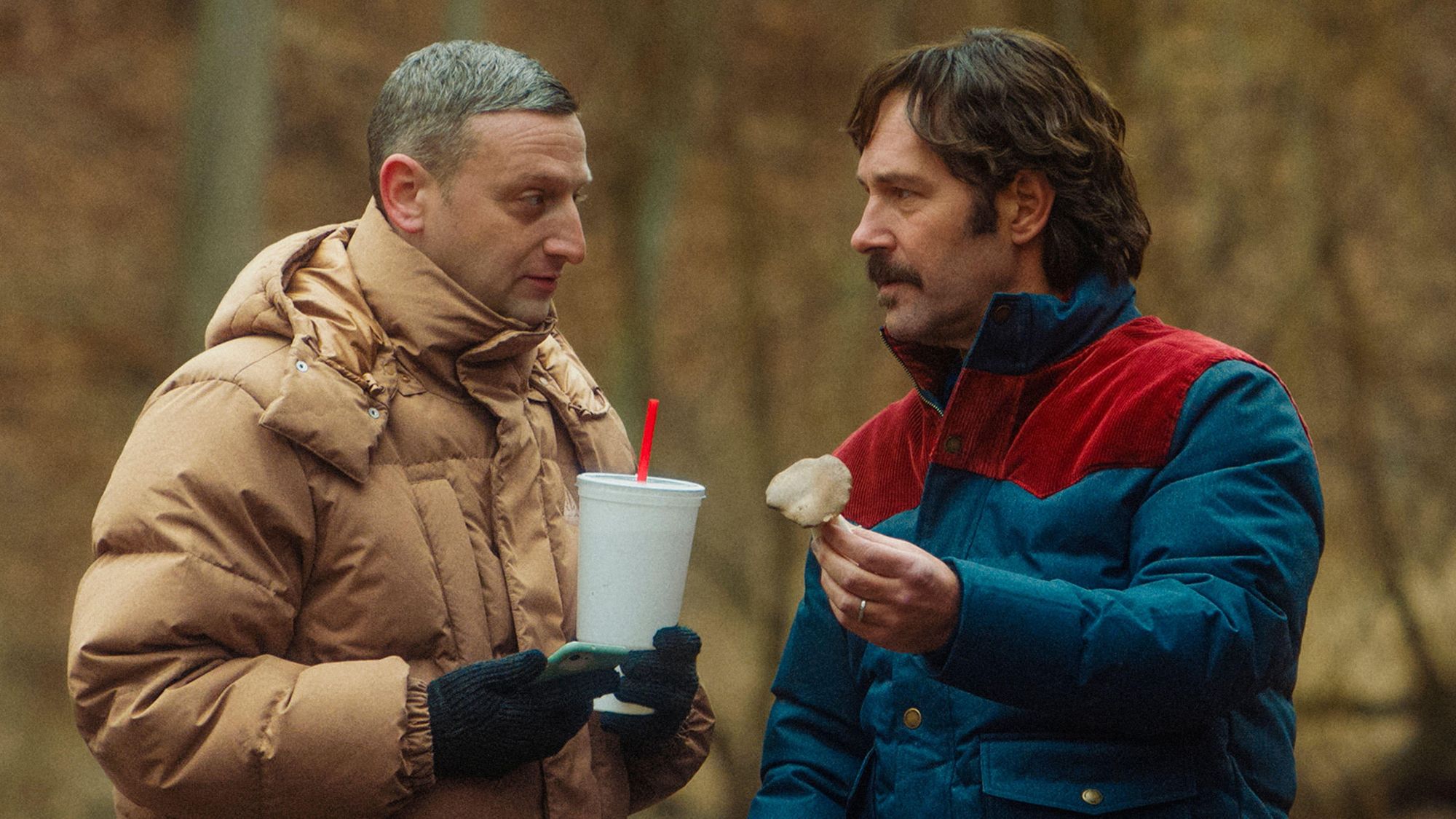 Friendship: 'bromance' comedy starring Paul Rudd and Tim Robinson
Friendship: 'bromance' comedy starring Paul Rudd and Tim RobinsonThe Week Recommends 'Lampooning and embracing' middle-aged male loneliness, this film is 'enjoyable and funny'